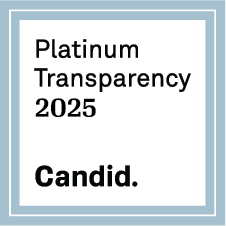Data Principles
Posted by Paul Uithol, Jessica Pechmann, Shazmane Mandjee Rehamtula, Claudio de los Reyes, Leen D'hondt • July 22, 2022
At HOT, open mapping communities and program teams face unique challenges in how we work with data:
- Using the OpenStreetMap platform allows for greater reach and accessibility of data, which is at the heart of our work. However, this can lead to unintended exposure to risk and the potential for misuse of data. As a result, we need to identify and mitigate any potential risks and harm.
- Data we contribute to OpenStreetMap will be available online for a long time. With that in mind, we also need to anticipate potential future risks and harm.
So how do Data Principles address these challenges?
Our Data Principles formulate and communicate a clear standard, providing transparency and trustworthiness about how we treat and work with data. Additionally, they serve as the touchstone and framework for responsible & ethical data policies, and to inform data quality & data collection priorities.
Our Data Principles have been developed alongside HOT’s updated and renewed values, and serve as guidelines for all other parts of our Protection Framework. The purpose of the Protection Framework is to provide the guidance, procedures and policies to ensure that we uphold HOT’s responsible data and ethical practices to protect people from harm.
Spatial data and mapping activities can create risk or cause harm for people and communities. For example, map data may enable finding people based on their religion or other beliefs, exposure or proximity to disease, or presence in areas of conflict. HOT has a responsibility to understand, assess, mitigate and protect against risk and harm arising from activities we undertake or support.
The Data Principles capture the most important aspects we need to consider and act on, around how we work with data. Each of the Principles includes a set of guidelines that provide actionable advice, and will link out to more and more resources as more parts of our Protection Framework and tools are completed:
Open and accessible |
Useful and usable data |
|---|---|
What this means: Contribute to and advocate for open data, first and foremost OpenStreetMap, and enable anyone to make effective use of this data.
|
What this means: Collected and contributed OSM data should meet a purpose that’s well defined and described, and conform to given data quality standards so it can be understood, used, and re-used within and outside of HOT’s Impact Areas.
|
Inclusive and representative |
Ethical data and protection |
|---|---|
What this means: Ensure communities at all levels can access and work in the OSM ecosystem by how HOT prioritizes, creates, and structures data collection, tech, and community resources. What we do:
|
What this means: Go for the most meaningful collaboration in data management and planning. Uphold policies and guidance to minimize risk of harms, including impact assessments and informed consent for any data collection or use, based on the people and communities we work with.
|
View the principles as a presentation
Following on from the Data Principles, we are currently completing the rest of our policies, procedures and tools that together make up our Protection Framework. Currently, various parts of this, such as the “Context and Risk Analysis” and the “Data Impact Assessments” are being trialed and improved in collaboration with community grantees in the Eastern and Southern Africa Hub, as well as being incorporated into Activations and other program areas. Once we get to a first version of the Framework, we will release all parts of it openly, and invite feedback, contributions, and improvements.







